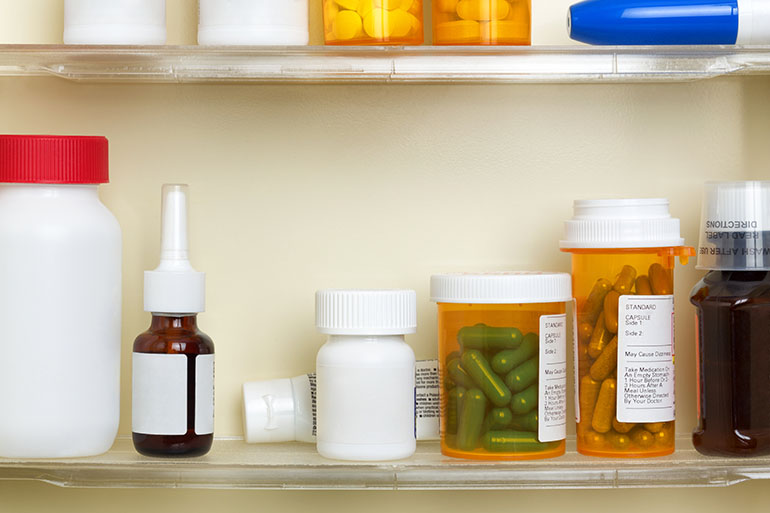More Americans are being prescribed drugs than ever before and the trend is expected to grow.
Almost three out of every five American adults take at least one prescription drug regularly, according to a study published this month in the Journal of the American Medical Association. In 2012, the most recent data examined, 59 percent of U.S. residents ages 20 and older were prescribed at least one drug. That was a marked rise from 51 percent in 2000. In the same dozen-year span, the number of people taking five or more prescription drugs almost doubled — 15 percent in 2012 compared to 8 percent in 2000.
As this mountain of pills for aging baby boomers grows at one end of the equation, so does a smaller heap at the other end. What to do with old and unwanted prescription drugs is beginning to be a headache for governments large and small. Environmental and abuse problems abound with improper disposal of many drugs. Part of the headache involves who pays for it.
Because there is no state or federal system in place, cities and counties are creating their own.
Alameda County’s determination that the pharmaceutical industry should create, maintain and pay for a drug-take back program was challenged in the courts as far as possible. The U.S. Supreme Court this summer declined to consider pharmaceutical industry objections, potentially opening the door for similar laws across California and the U.S.
Last year, state Sen. Hannah-Beth Jackson (D-Santa Barbara) introduced a bill (SB 1014) in the California Legislature seeking to create a statewide version of Alameda’s program. SB 1014, faced strong industry opposition and died in committee.
The California Board of Pharmacy this fall is considering statewide regulations for getting rid of old and unwanted drugs. So far, the board is leaning toward making it a voluntary program for pharmacies, which is in conflict with at least one local government program that requires pharmacies to participate.
We asked stakeholders, experts and consumer advocates:
- How should prescription drugs be discarded?
- Should it be a statewide program or should counties and cities create their own systems?
- Who should pay for it?
- Should pharmacies be required to participate?
We got responses from:
